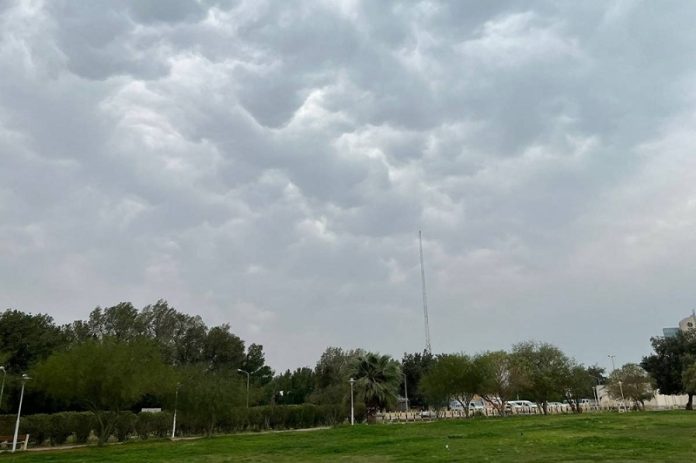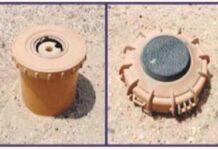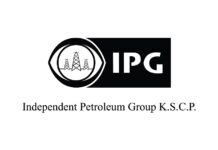The Environment Public Authority stated that social media has been spreading news about the Green Line group, quoting the USA Today newspaper, that Kuwaiti dust is toxic and carcinogenic, as it contains 37 toxic elements that cause cancer, Alzheimer’s, liver damage, and affect the nervous system.
On this note, the Environment Public Authority would like to clarify some facts to the public. Firstly, the USA Today newspaper is not a reliable scientific periodical, it is a news platform that is not considered a scientific source. Scientific sources are peer-reviewed and published after deep review by accredited experts.
The Green Line Group did not specify the year in which this study was conducted, the methodology for collecting samples, the methodology for analyzing dust samples, or the locations where they were collected from. The Green Line group did not indicate the issue number of USA Today that published this study so that we can review the information contained therein.
Reading between the lines in the “Exposure Criteria” section of the Green Line story, “Mark Lyles measured the settled dust that soldiers inhaled during a sandstorm….” This phrase could mean that Mark Lyles has collected samples of “Settled or Settling Dust”, i.e. the dust deposited on the ground “dust fall” during and after the sandstorm, and therefore he has measured the concentration of the 37 metallic elements in this settled dust – precipitated and not only in fine airborne particles and atoms.
It is known that the stable dust that falls on the ground “Dust fall” usually consists mainly of heavy and large dust particles and atoms “greater than 50 microns” and is deposited from the air quickly because of its weight, and it is filtered and disposed of in the upper part of the respiratory system, nose, and pharynx.
By reading between the lines under the headline “Toxins found in Kuwait’s dust” in the Green Line news, “Lyles explained that among the 37 elements that were discovered in the dust of the Kuwaiti desert are the following elements: Aluminum: by 7,521 parts per million, which causes…. and is related to Alzheimer’s disease and other diseases….”. It is worth noting, for example, that this concentration of the element “Aluminum, Al” in this one is “parts per million, ppm = mg/kg” in the dust of the desert of the State of Kuwait. It is found naturally in the soil and the earth’s crust, where scientific references indicate that the concentration of the element aluminum in the soil ranges between 10,000 to 300,000 parts per million.
Further, causal studies are not simple in epidemiology and public health. To prove a causal relationship between an environmental factor and cancer, there must be long-term studies on the personal level of cancer patients and society that extend for many years so that all other factors associated with cancer and the environmental factor are considered. We did not reach this type of studies between Kuwait dust and cancer.
The units of measurement for trace metal concentrations published in the news of the Green Line group and taken from the USA Today newspaper are in parts per million (ppm), which is unlike the scientifically recognized units for measuring the concentration of trace metals in fine atoms and particles of dust suspended in the air, such as “Respirable Suspended Particulate Matter, PM10 & PM2.5,” which are typically measured in micrograms per cubic meter (µg/m3) by collecting air samples.
The most recent study of the dust phenomenon in the State of Kuwait and the analysis of its content of trace minerals and their sources were conducted by the Harvard School of Public Health, with Dr. Barak Al-Ahmad from the State of Kuwait as the principal investigator. They collected 2339 samples of dust and fine inhalable particles “PM10 and PM2.5” from the air of Kuwait City and Ali Sabah Al-Salem “Umm Al-Hayman” during the years 2017 to 2019 and analyzed them in the laboratories of Harvard College in the United States of America. These results contradict what the Green Line group claims. It is noted that the Harvard School of Public Health study was peer-reviewed and published in one of the approved scientific journals, ELSEVEIR, in 2021.
Therefore, what was published by the Green Line group is not considered reliable in the environmental scientific community and does not go beyond being an unreliable journalistic piece. Moreover, publishing such figures on the concentrations of mineral elements and trace metals in a press article randomly and without the slightest scientific knowledge of their meaning and how they are exposed to human breathing is a dangerous matter that has caused panic and anxiety among citizens and residents of the State of Kuwait. The Environment Public Authority also confirms the validity of the data and information that are recorded and monitored by the air quality monitoring stations of the Environment Public Authority, which are published to the public in full transparency through the official website.

















